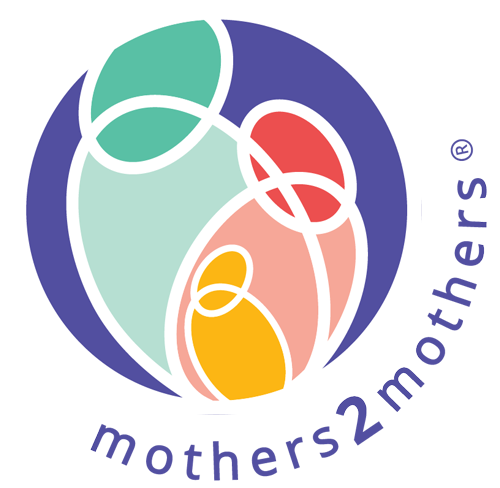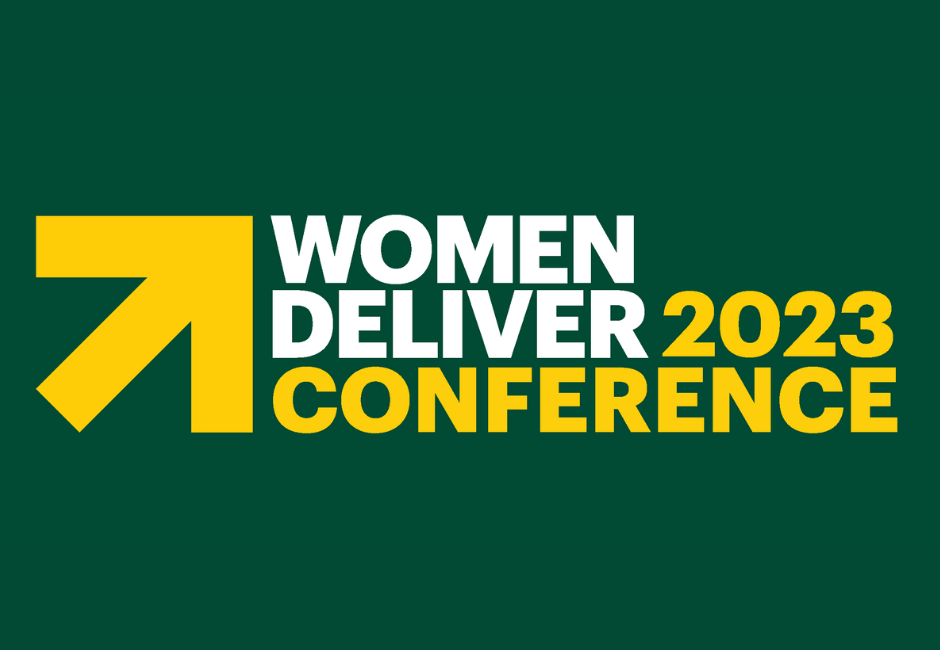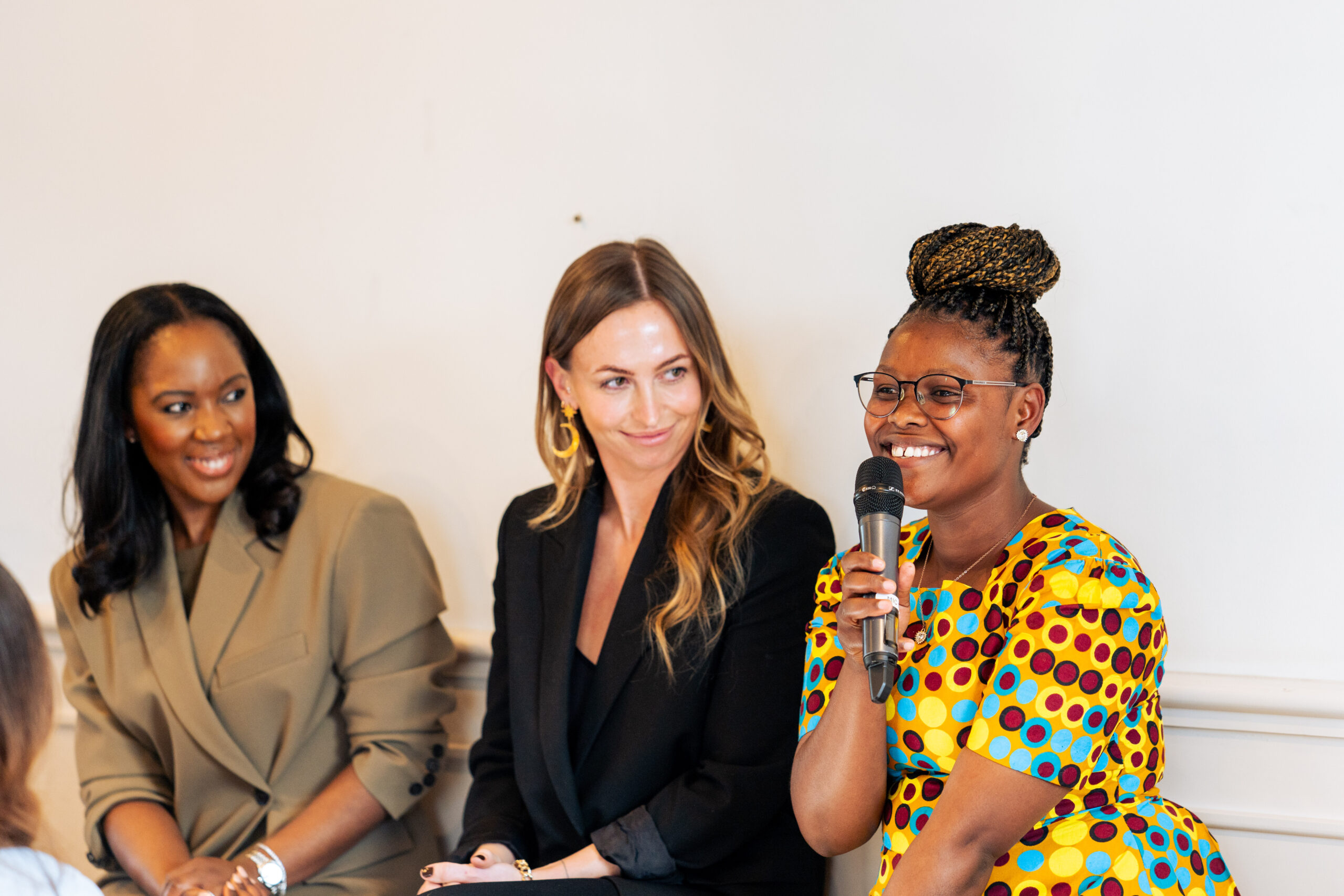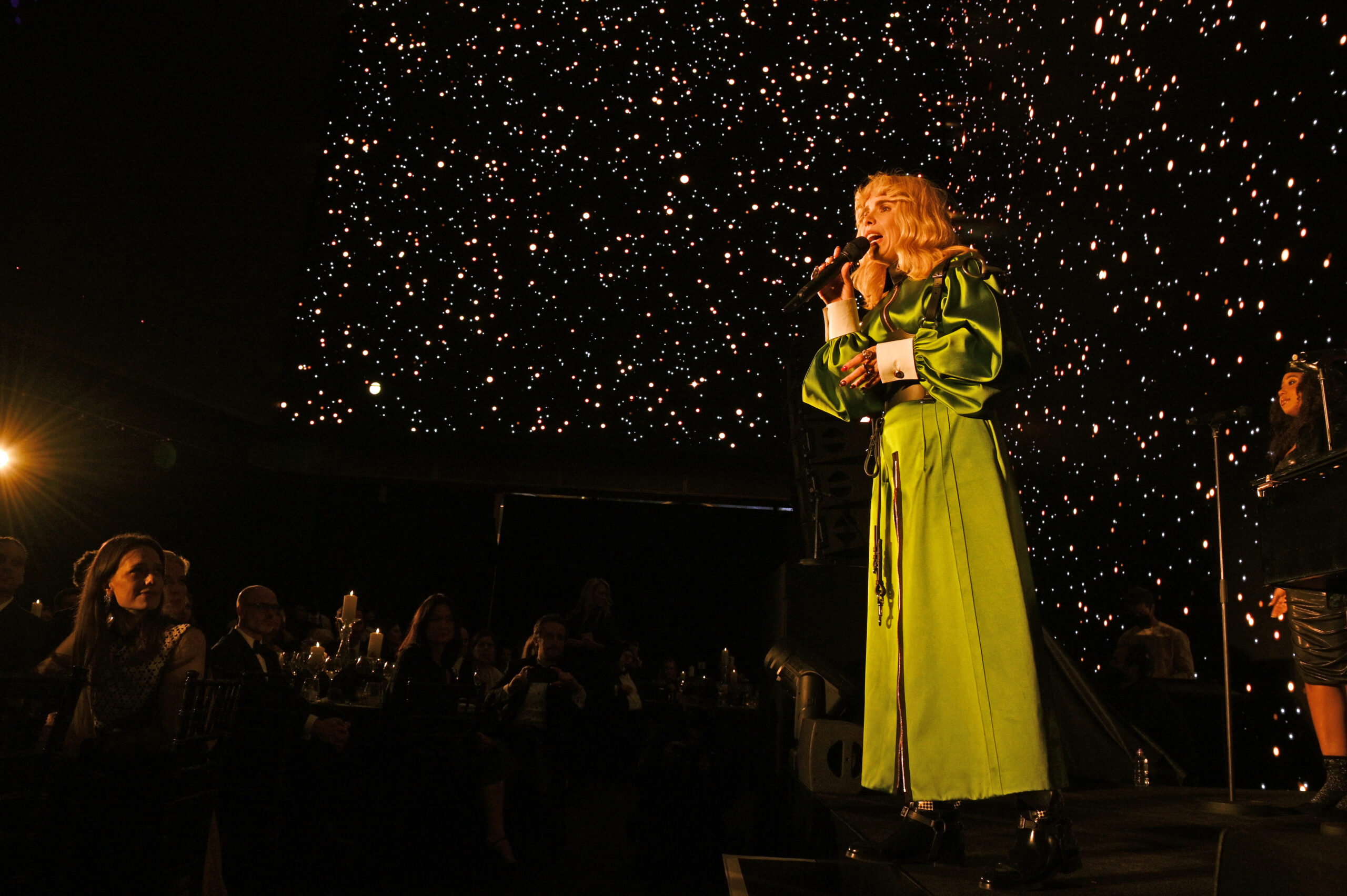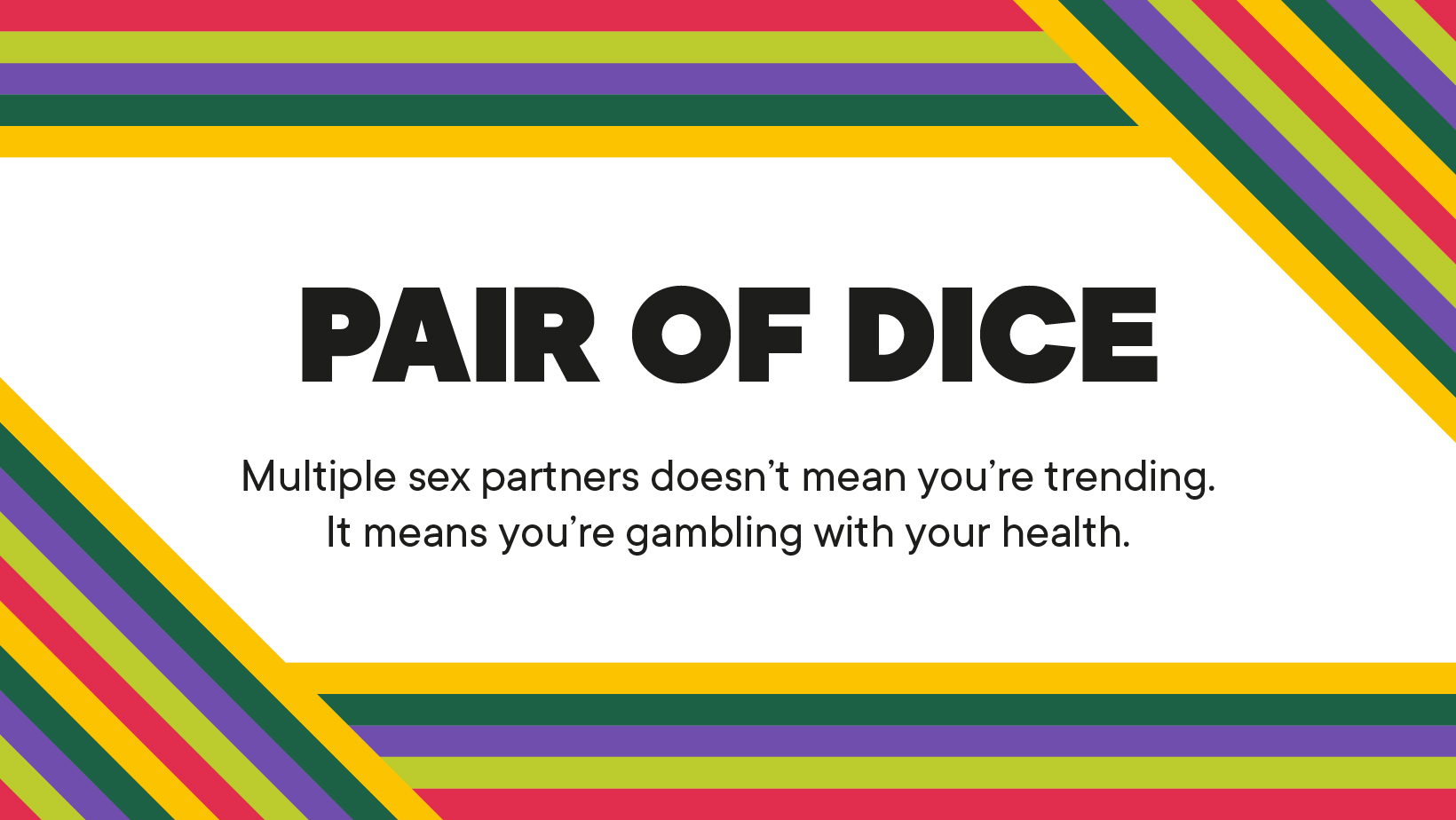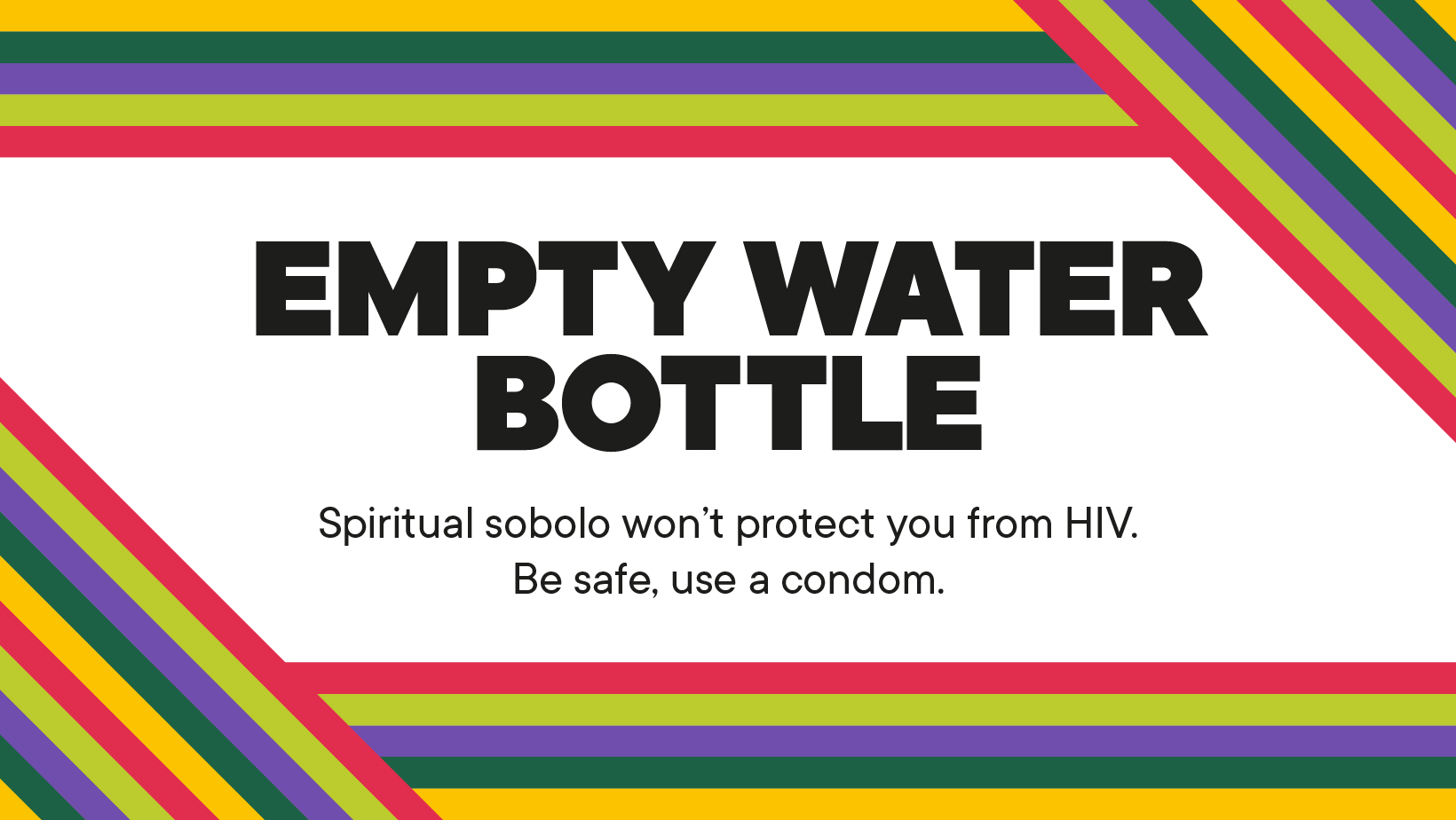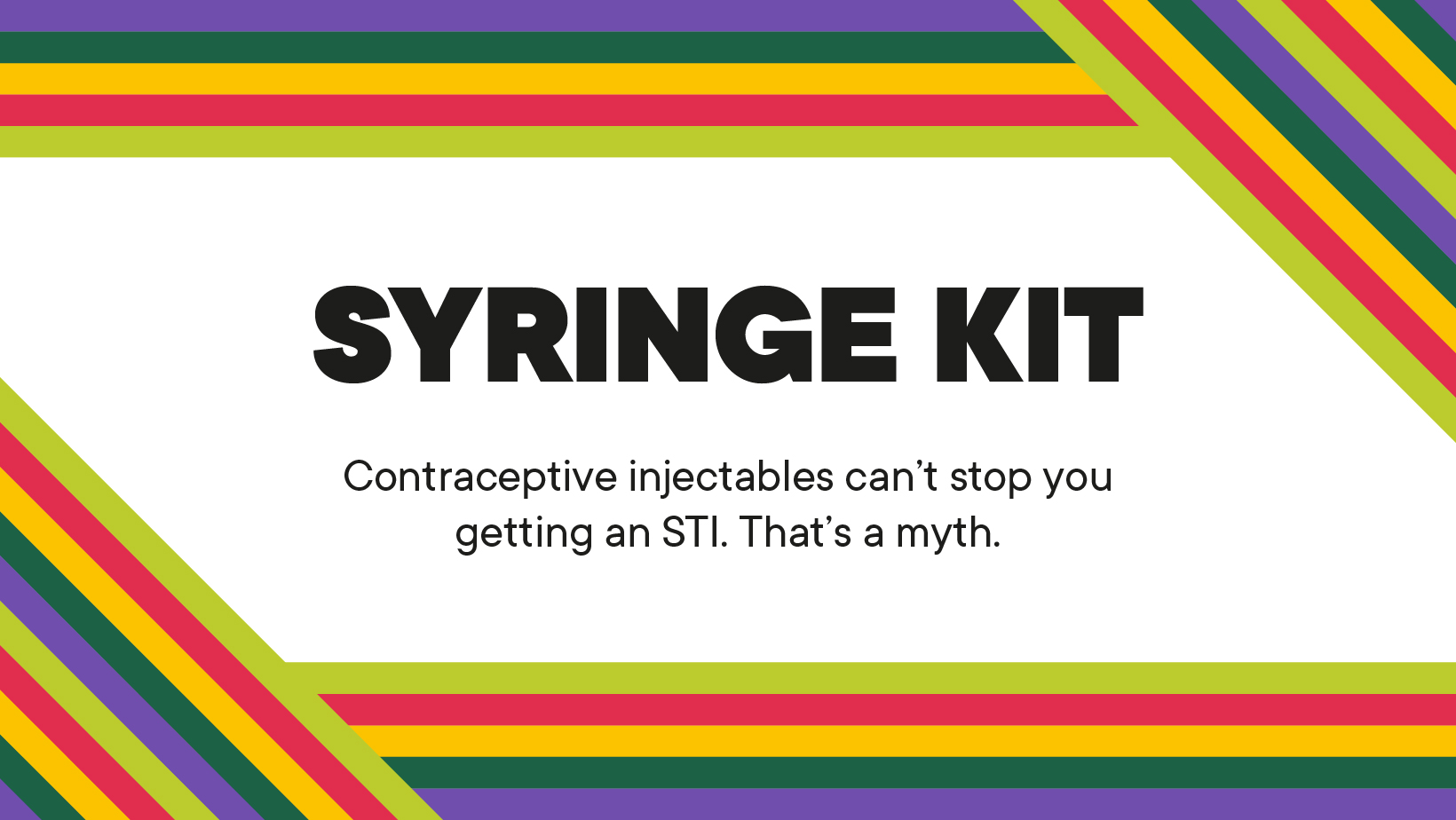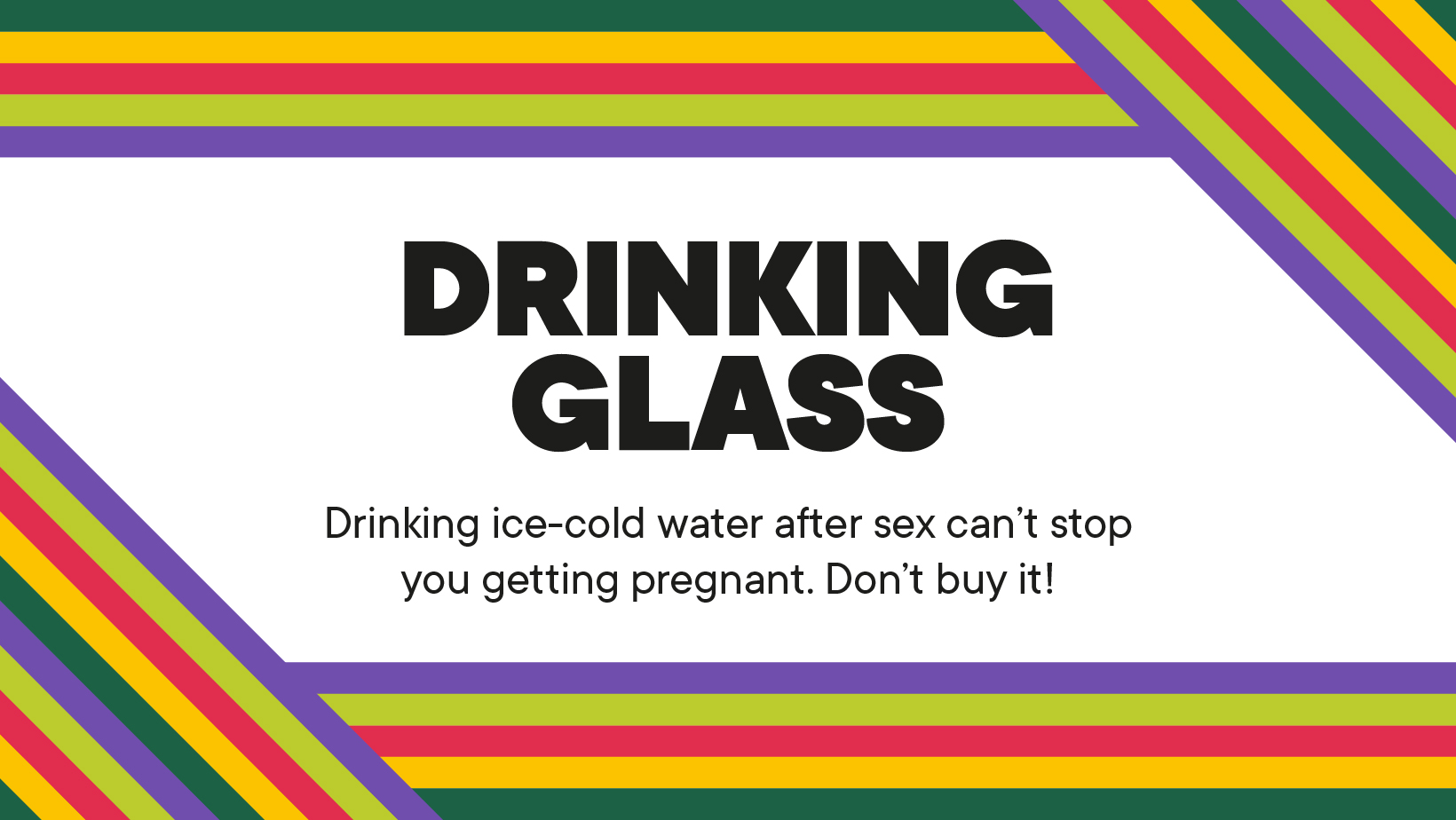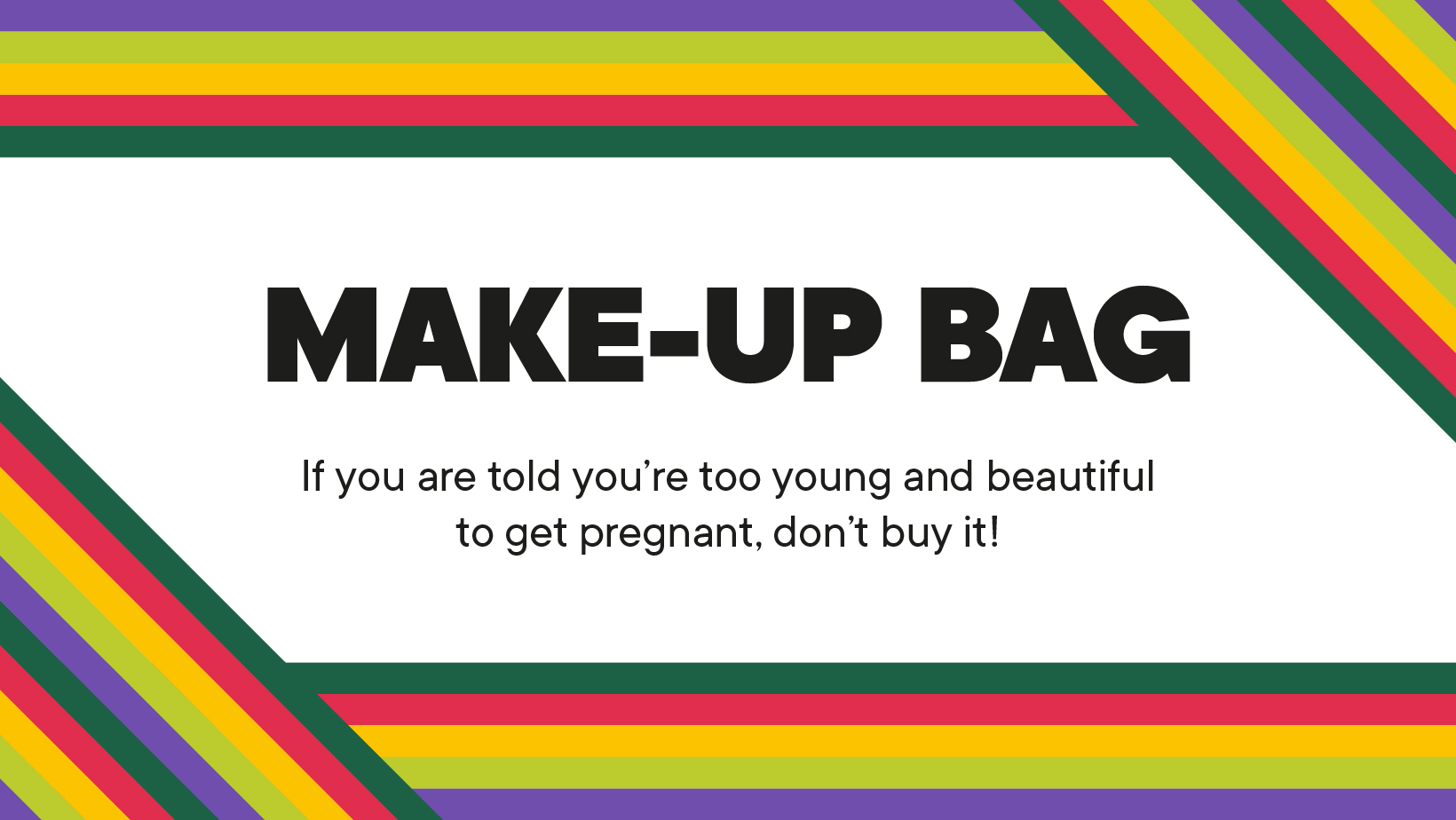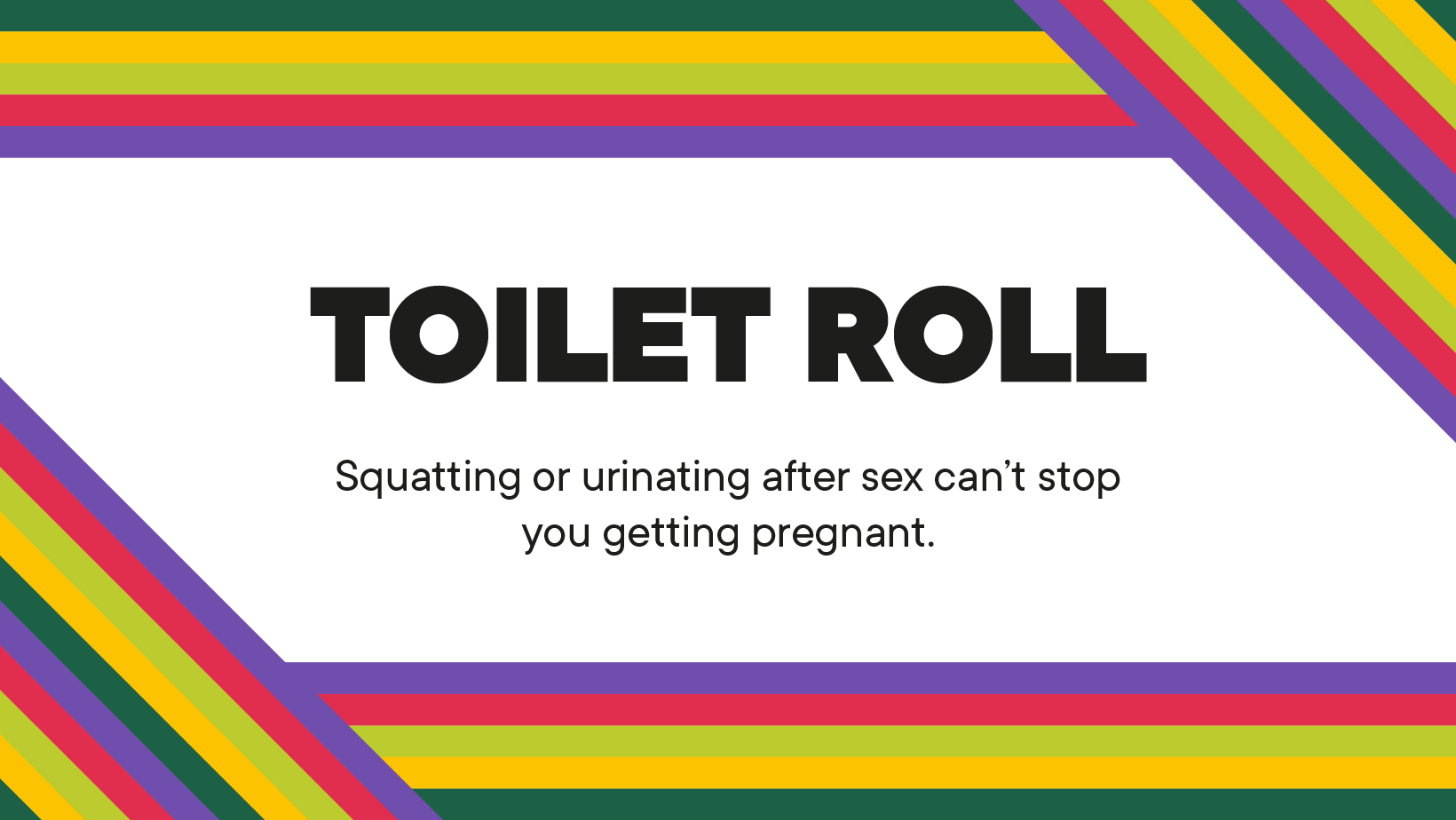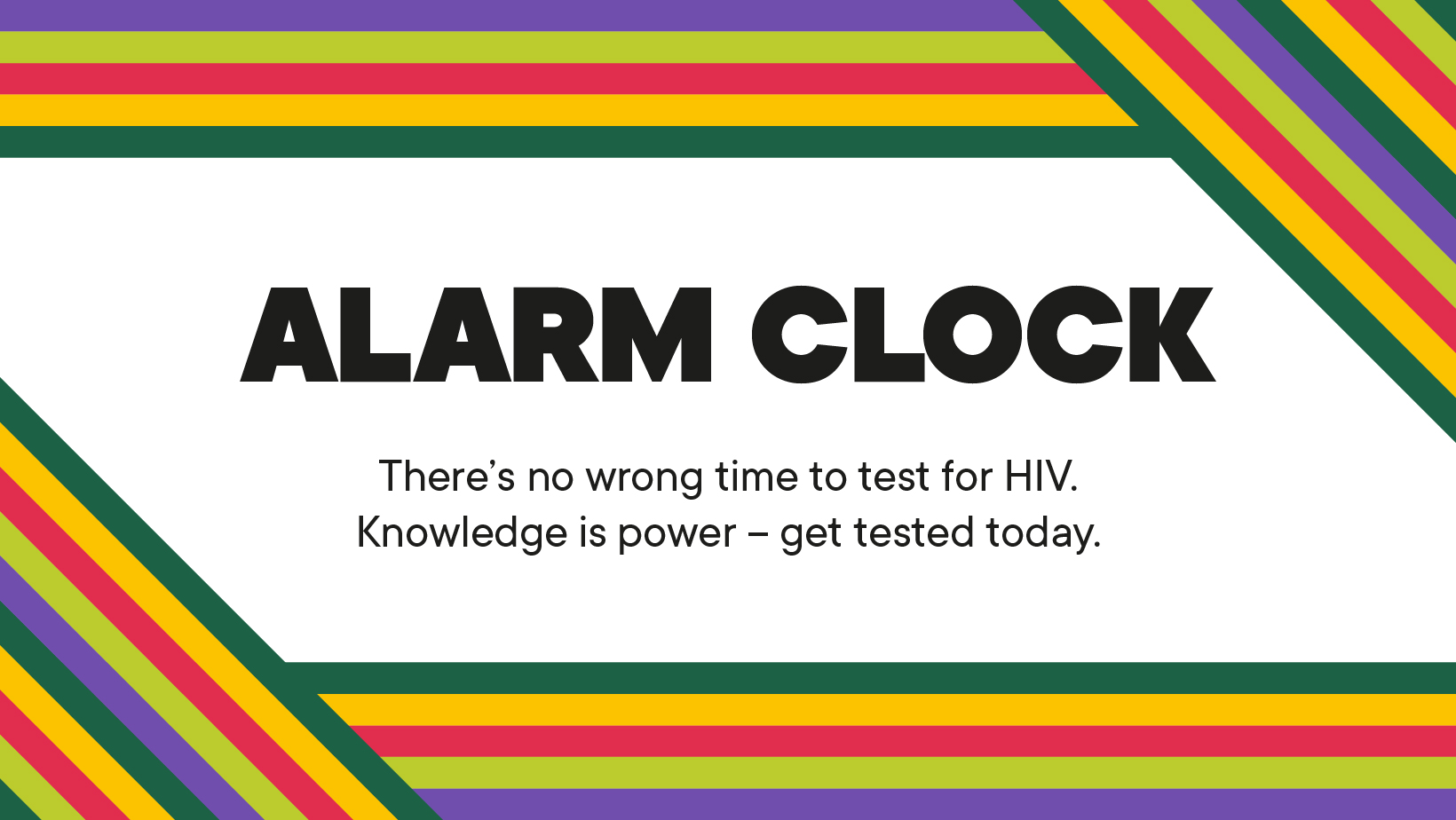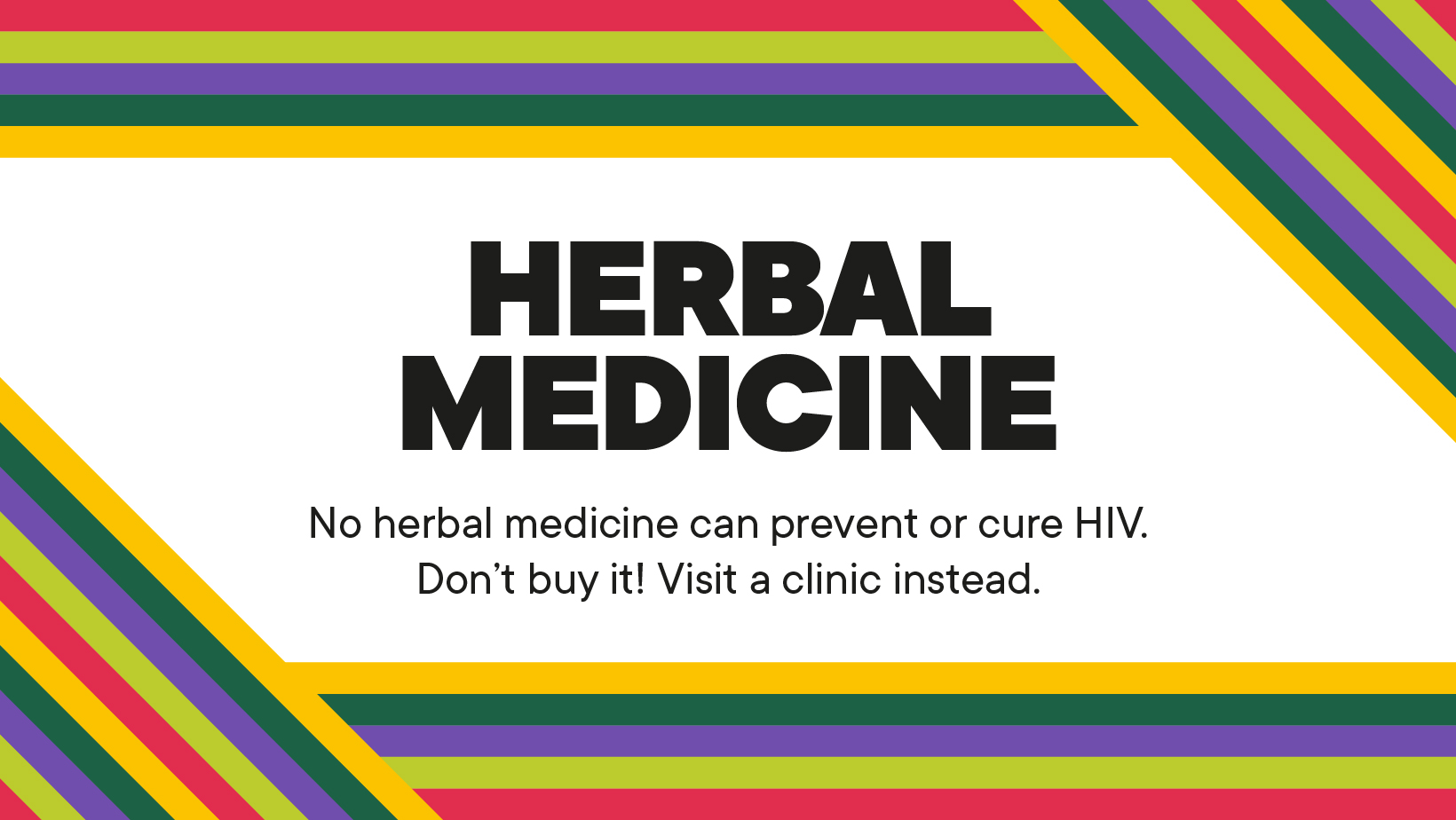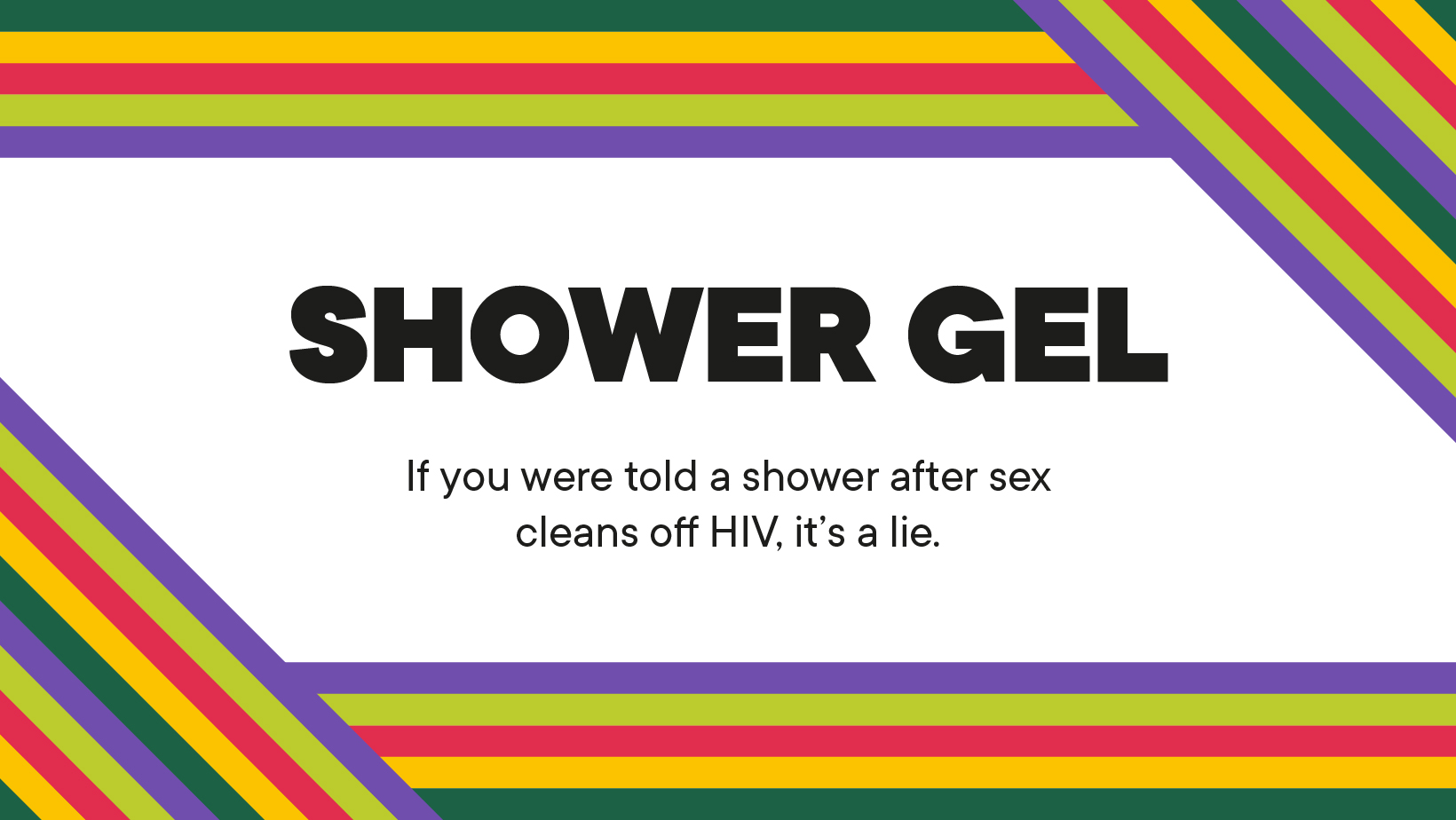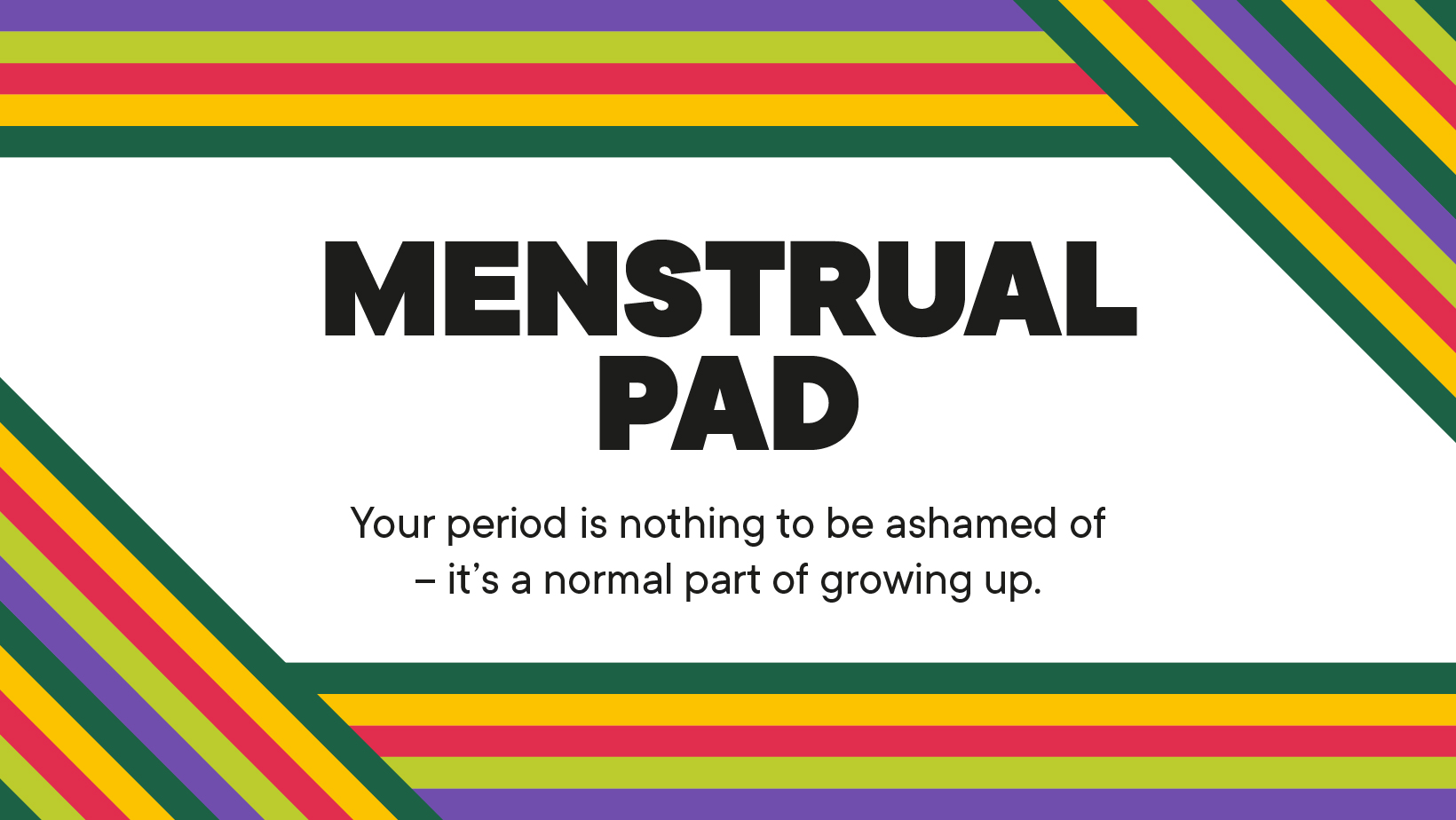GUEST BLOG: Cartier Philanthropy
At mothers2mothers (m2m) we’re committed to building strong, lasting partnerships and we are proud of the collaboration we have shared with Cartier Philanthropy (https://www.cartierphilanthropy.org/) since 2017! To mark over six years of joint impact, we invited Pascale de la Frégonnière, Strategic Advisor to the Board, Cartier Philanthropy, to publish a guest blog sharing more about Cartier Philanthropy and what, in her own words, is at the heart of our successful relationship.
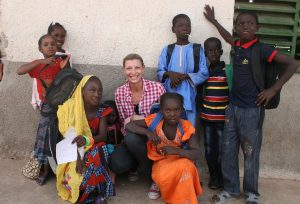
Pascale de la Frégonnière, Strategic Advisor to the Board, Cartier Philanthropy.
How did you come to be part of Cartier Philanthropy?
I joined Cartier in July 2013 to launch Cartier Philanthropy, the Maison Cartier’s grant-making foundation committed to improving the lives of the most vulnerable in the world’s poorest regions. Its creation was a pivotal moment in Cartier’s philanthropic journey. Having already supported many charitable initiatives over the years, the creation of the foundation marked the full adoption of a data-driven, outcome-oriented approach for enduring impact. Since then, Cartier Philanthropy has invested CHF 100M to support over 80 impactful non-profit organisations in more than 50 low-income countries around the world.
In my current tenure at Cartier Philanthropy, I lead a small team based in Geneva that works to make philanthropy more effective every day.
How would you describe Cartier Philanthropy?
The foundation is funded by the Maison Cartier but is independent from the business. That means that we stay away from all commercial and marketing initiatives that would support the business. Our grants to non-profits serve our vision of a world where everyone can realise their potential.
We select and fund organisations who share our values of respect, trust, integrity and compassion, and operate in four focus areas: access to basic services, women’s social and economic development, sustainable livelihoods and ecosystems, and emergency response. We look for organisations that can measure their impact through rigorous data collection and are ambitious about replicating and eventually scaling their work to benefit as many people as possible. We don’t generally support early-stage NGOs, but organisations which have already demonstrated that their solution works and have a solid footprint on the ground.
What is the best part of your job?
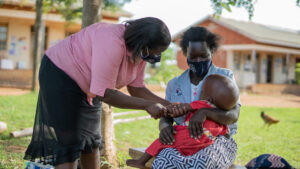
m2m Mentor Mother, her client, and the client’s child who is living with a disability, at Banda Health Center, Uganda.
Field missions to visit our partners’ operations around the world are unquestionably among my most inspiring and treasured moments. They are crucial to truly understand the dynamics in place, the motivation and challenges faced by local teams, as well as the perceptions of the communities they serve. Field missions can often also provide an extremely useful reality-check of our partners’ ambitions and give us ground to support them by actively contributing to their strategic goals. They enable us to translate the cold, abstract impact numbers we read in papers and evaluation reports into people’s reality, seeing how they have become concrete, palpable changes in their lives.
I’d add that field trips provide us with powerful stories, too. Stories we can then use, once back home, to strongly advocate for our grantees’ work, giving them the visibility they deserve.
What excites you most about m2m’s latest Strategic Plan?
Cartier Philanthropy has been supporting m2m since 2017. Over the years we have really come to appreciate your strong commitment to end mother-to-child transmission of HIV and your success in eliminating paediatric AIDS in the regions of Sub-Saharan Africa where you work.
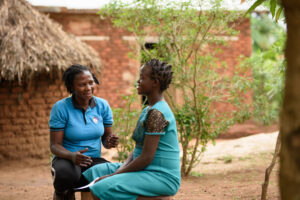
m2m Mentor Mother and her adolescent client Bugweri, Uganda.
So, we are now thrilled about your new ambition to build on 20 years of experience and lessons learned to expand health services and become an integrated Primary Health Care organisation, including maternal and child’s health, early learning and disabilities, and reproductive and adolescent health. This evolution makes perfect sense, and I found it particularly convincing for two reasons. First, it builds upon the proven Mentor Mother model, turning these unsung heroes into truly skilled frontline community health workers. Second, it brings much-deserved attention to adolescent and teen girls, making sure the babies who were successfully born HIV-negative become healthy adults.
How do the m2m Mentor Mothers inspire you?
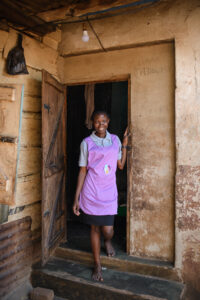
Hanifah, m2m Mentor Mother, outside her home in Uganda.
My first encounter with a Mentor Mother was in 2017, when I was visiting your operations in Iganga district, Uganda. I was blown away by the grit and resilience of this woman who was living with HIV but still spent most of her time and all her energy caring for other women. That strength has stayed with me since.
Over the years, I’ve had the chance to meet other Mentor Mothers and have always been deeply moved by the sense of pride and accomplishment they show in having become so valued for the role they play in their communities. Previously marginalised, excluded, and deprived of everything, they are now regularly consulted by members of their villages for health decisions, and more—and this is because of the status they have gained as Mentor Mothers. This recognition changes everything in a life.
How do you believe partnerships like ours are driving long-term positive change for communities in Africa?
We work on complex, multi-faceted issues and, as such, don’t expect to solve them overnight.
We’ve moved away from funding two-to-three-year projects that rarely change the status quo. Instead, we’ve chosen to commit to strong alliances, like the one we have with m2m, trusting and supporting our partner organisations with long-term, unrestricted funds so that they can keep growing, deepening their impact and expanding their geographical scope of operations (until a government finally steps in to adopt their solution and turn it into national policy).
We believe this kind of approach can drive the changes that need to happen.
If you were to sum up the success of our partnership in three words, what would they be?
I would use the words ‘impact’, for the virtual elimination of mother-to-child HIV transmission you have achieved in the regions where you work, ‘trust’, for the funder-partner kind of relationship we’ve built together, and ‘ambition’, for the world you are contributing to build, where healthcare for all becomes a reality.
